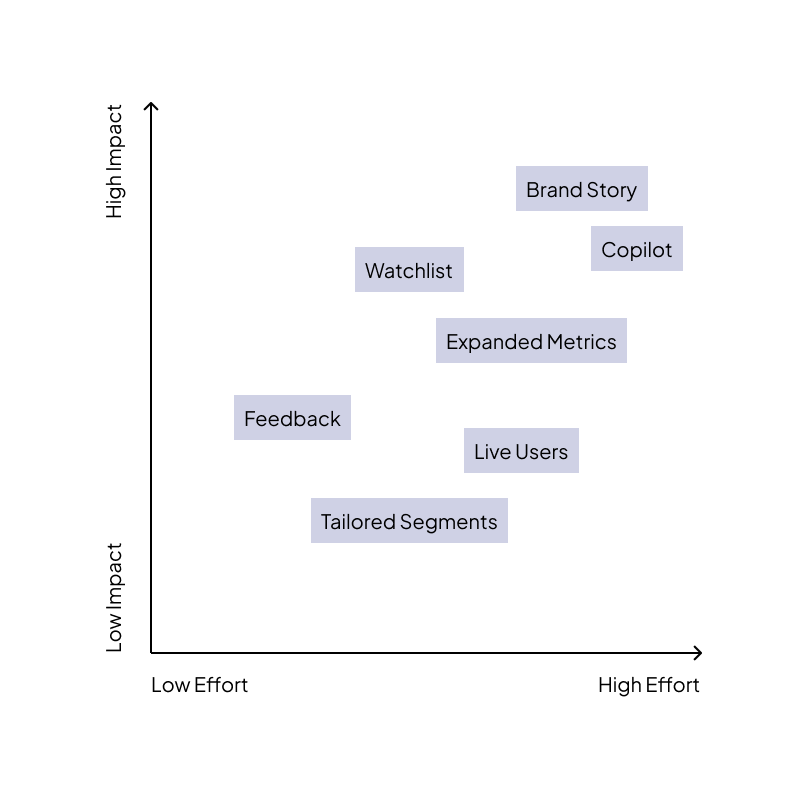Microsoft Clarity
Microsoft Clarity redefines how businesses understand user behavior and create meaningful experiences. The recent redesign of Clarity goes beyond visual appeal, introducing a workspace meticulously tailored for usability and personalization. By prioritizing intuitive navigation and consistent design, this upgrade empowers users to optimize their products and build experiences that truly resonate.
DURATION
6 months
ROLE
Lead UX/UI Designer, Creative Director
TEAM
Developers, Product Managers, Researchers
DESIGN CHALLENGE: Design a platform that makes behavioral analytics accessible to everyone. The experience should be user-friendly & enjoyable to use.
USER PROBLEM: Empower non-technical stakeholders, business users and analysts to easily understand and leverage behavioral insights, enhancing their decision-making capabilities.
RESULTS: The rebrand resulted in an impressive 11% increase in user reengagement and a 12% boost in user sign-ups. Both internal teams and external users have provided overwhelmingly positive feedback, highlighting the success of the new brand identity.














